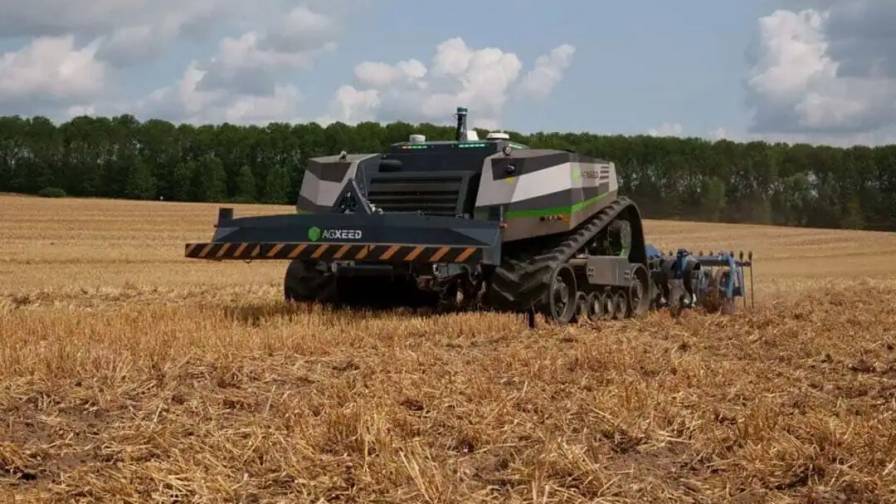SciFi in Ag: Self-Reacting Spray Nozzles to Fight Dicamba Drift
Article Notes: This monthly column takes some crazy sounding ideas and applies them to the field of Ag Tech. The purpose of this is purely entertainment, but hey, if we can spread ideas or ignite imaginations, how awesome is that?
My company (Myriad Mobile – developers of the Bushel grain marketing app) completed a project with North Dakota State University (NDSU) Extension NDAWN (North Dakota Agricultural Weather Network) Team to create an app for Inversion Alerts — I even got an alert while writing this article. When chatting with my neighbor on the closest inversions to his farm, I became interested in how accurate a weather station may be in predicting these inversions.
To get more answers, I decided to chat with the lead meteorologist on the NDAWN project. I came to learn a great deal on the science of weather patterns. The meteorologist was able to teach me the placement of weather stations in connection to inversions and accurate predictions. Specifically, he told me a weather station only needed to be within 50 miles in order to accurately predict an inversion in your location.
It was absolutely fascinating to me!
MORE BY RYAN RAGUSE
SciFi in Ag: Rolls Royce Tech On Your Planter? Robotic Bugs for Maintenance?
There is a research lab at MIT that is inventing self assembly and programmable materials. By programmable, from my research, this is without the use of computers. This means no wires, no computer chips, no robots involved.
Dicamba herbicide needs a lot of attention from an operator for the correct application and cannot be applied under certain conditions — hence the inversion alert app. In a world full of endless computers and wires, what a refreshment it’d be to untangle from the wires and pick up something completely different: a dicamba pre-programmed nozzle.
I am envisioning a nozzle that utilizes the same inversion detection concept the meteorologist and I were discussing, in conjunction with the technology MIT is coming up with. Instead of a sensor 50 miles away, this nozzle I envision would be able to detect an inversion in its own material and then adjust water droplet size, swell, and even shut itself off.
From what I know and researched, this nozzle hasn’t been invented yet — maybe not even thought of.
Perhaps for the next herbicide that hasn’t even been invented yet, it will be sold with pre-programmed material nozzles that change the water droplet size on the fly based on outside temperature and other weather related interdependencies.
Not outside the realm of possibility…









